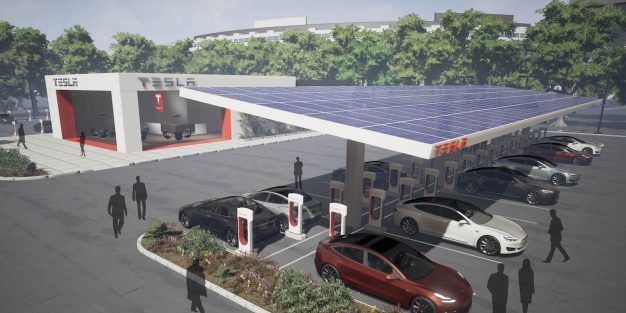Maximillan
Member
Once you get your car you'll get some real world experience and be able to make up your own mind on best value. Your data driven arguments may be valid in theory, however you're arguing with existing owners who know what it's like to drive long distances and be unsure of whether the 3rd party charger will be working or have a long queue of Polestars / cheapskates waiting for the one that is working.
I personally prefer to use Chargefox to the Tesla SC when I have the choice, however on a recent 3300km road trip on the four occasions that I had the opportunity (co-located chargers) to use either, I only once managed to use Chargefox. This is simply due to Chargefox usually only having a couple of 350kw chargers in a location, and one or both of them being out of order.
I hope that by the time you get your car that the 3rd party charging network is so well built out and ubiquitous that it becomes a viable option on road trips, as for me it would allow me to consider other EV manufacturers when the lease for the Tesla is up.
When it comes to your Tesla letting you know in advance how many chargers are working at your next road trip stop, and the number of available and working chargers, the Supercharger network currently has no peer in Australia. The premium is well worth it, however you may certainly have a different opinion which is totally ok.
I personally prefer to use Chargefox to the Tesla SC when I have the choice, however on a recent 3300km road trip on the four occasions that I had the opportunity (co-located chargers) to use either, I only once managed to use Chargefox. This is simply due to Chargefox usually only having a couple of 350kw chargers in a location, and one or both of them being out of order.
I hope that by the time you get your car that the 3rd party charging network is so well built out and ubiquitous that it becomes a viable option on road trips, as for me it would allow me to consider other EV manufacturers when the lease for the Tesla is up.
When it comes to your Tesla letting you know in advance how many chargers are working at your next road trip stop, and the number of available and working chargers, the Supercharger network currently has no peer in Australia. The premium is well worth it, however you may certainly have a different opinion which is totally ok.





